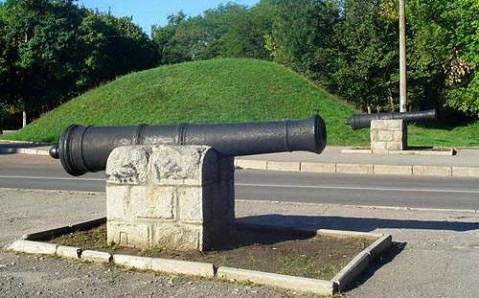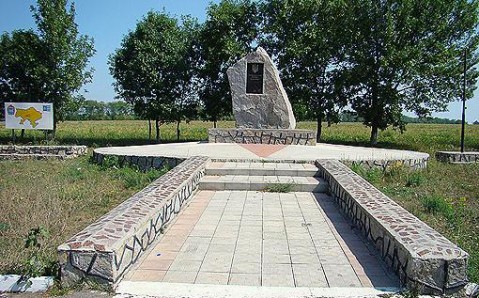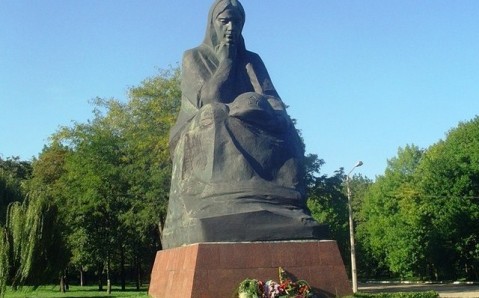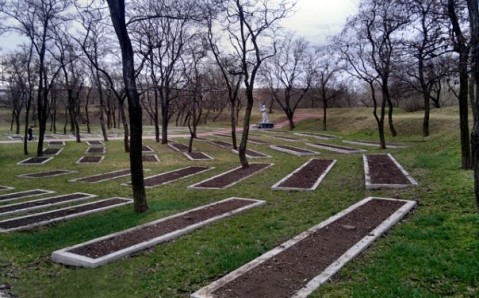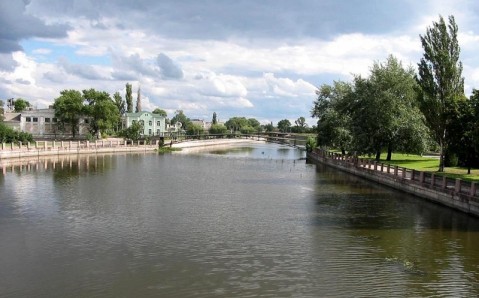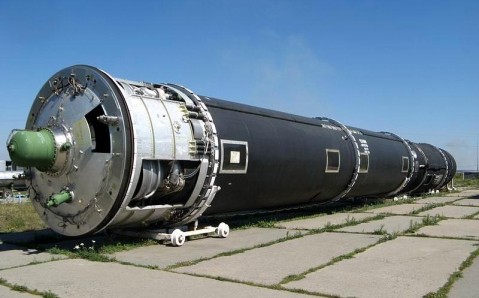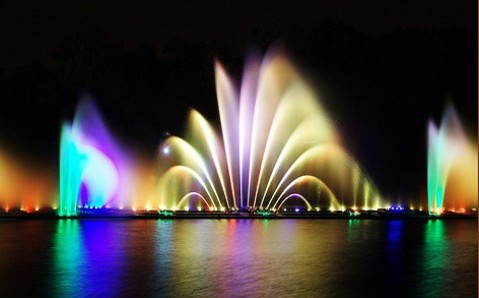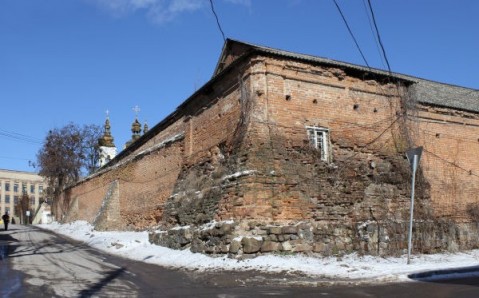The Fort of St. Elizabeth
The remains of the formerly powerful Fort of St. Elizabeth stand on the Inhul River banks and are the main Kirovograd's attraction. It was this fortress - the masterpiece of fortification architecture - that gave birth to the town over two and a half centuries ago. Today this place with unusual atmosphere attracts not only history buffs, but regular tourists who want to feast their eyes on powerful ramparts and to feel the breath of the past.
The fortress was founded in the middle of the 18th century upon the order of the empress Catherine the Great and was named in honor of her Saint patroness. The fort was supposed to serve as important Russian Empire's outpost in Dnieper Ukraine and protect its southern borders from age-old enemies - Turks and Tatars. From there, the Russian Empire planned to expand into the Northern Greater Black Sea area.
The threatening fort, built just in five years upon European canons of that time, was an unusual building in form of regular hexagon. 14-meter high ramparts topped with wooden walls, powerful bastions and ravelins, as well as three towers equipped with the heavy artillery made it impregnable. Three gates at the entrances to the fortification complex also had defensive function. Deep ditch filled with water served as fortress's outer defense.
The Fort of St. Elizabeth entered the history, thanks to two events. Firstly, it played an important role in Russian Empire's victory over Turks in the War of 1768-1774: the fortress properly withstood Tatar and Turkish troops' onslaught. And secondly, it became notorious for being a place, from which the Russian troops were sent to defeat the Zaporizhian Sich.
However, the fort's history did not last long: in 1774, as result of peace treaty that ended the Russian and Turkish war, the Russian Empire moved its borders far to the south and got access to the Black Sea, and the Fort of St. Elizabeth automatically lost its defensive military importance. Thirty years later it was abolished and got a status of inner town.
Today, the remains of the fort, exhibited in Kirovograd's historical center, give evidence to its former power. The earth walls, officers' houses, soldiers' barracks, a forge, and other support structures have withstood the ravages of time. At the entrance to the fortress, two cast-iron cannons are installed.

 Central
Central
